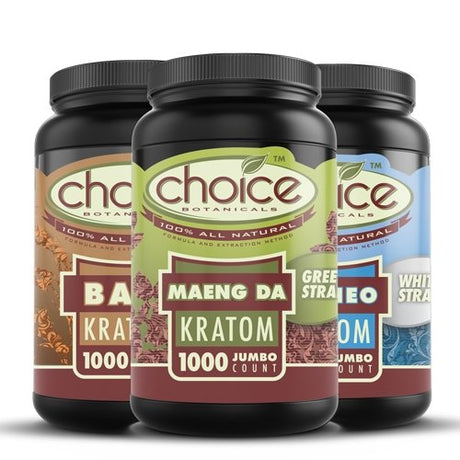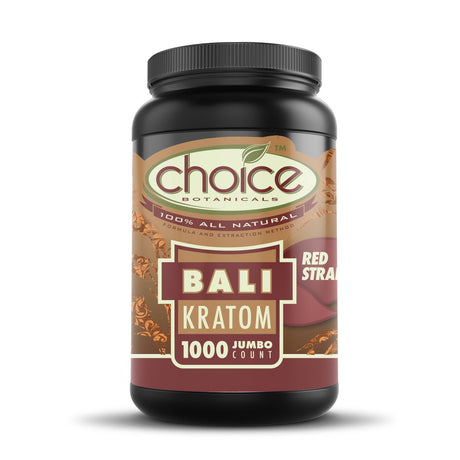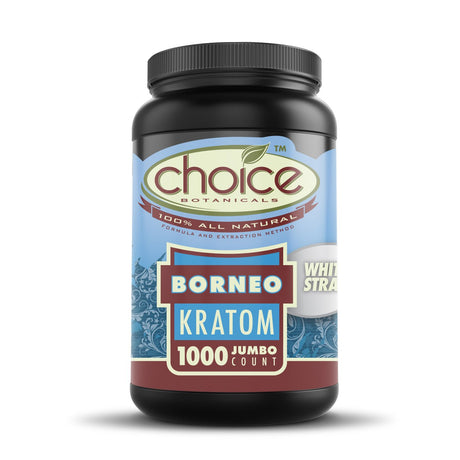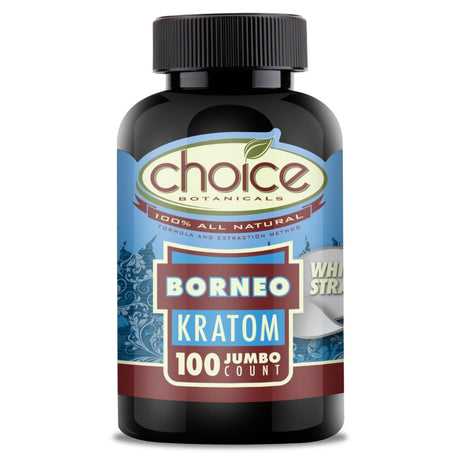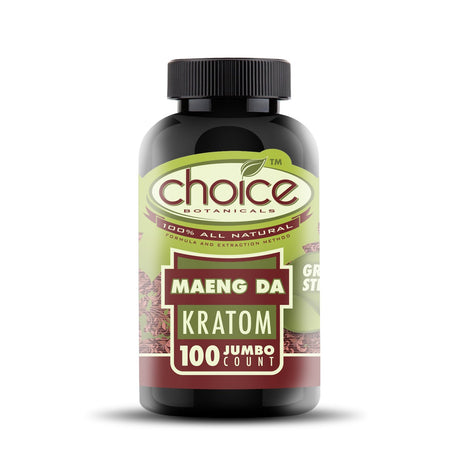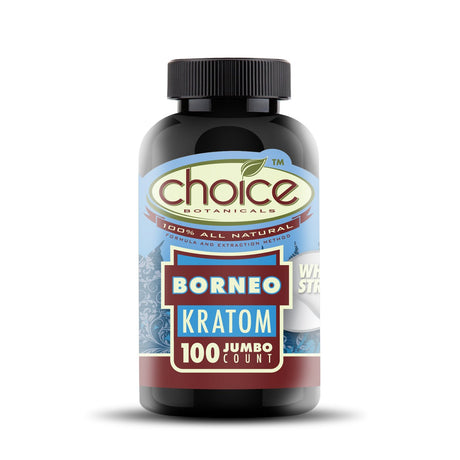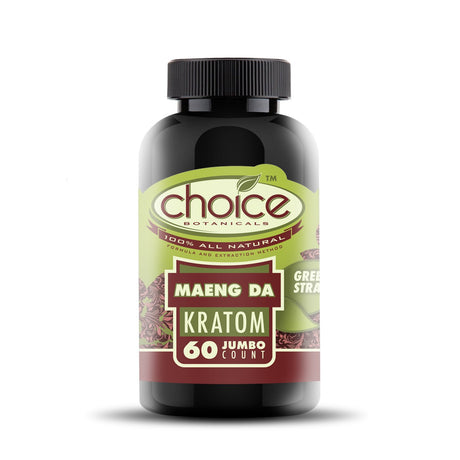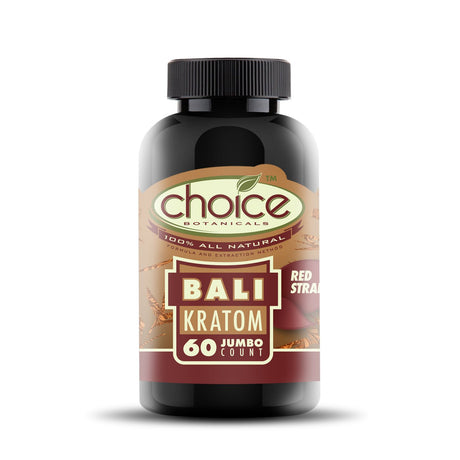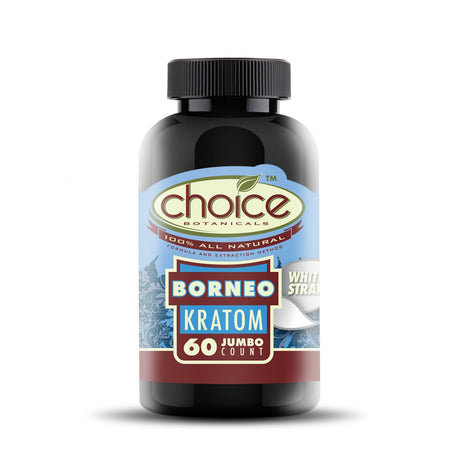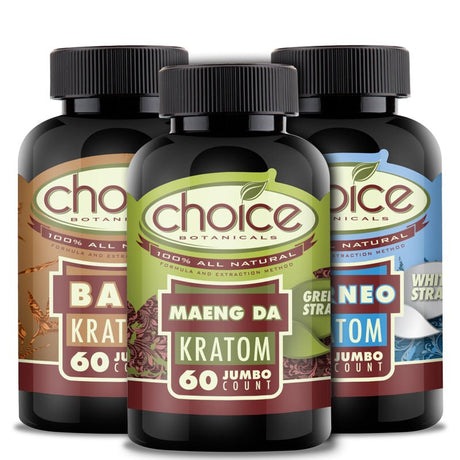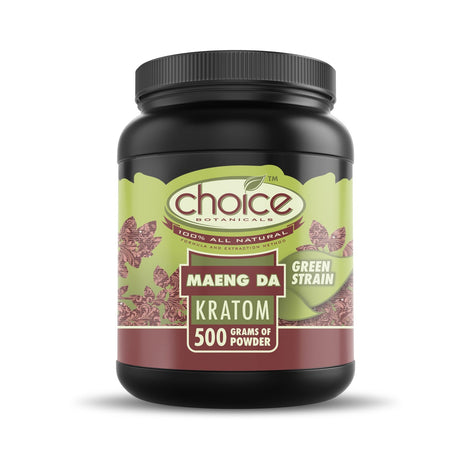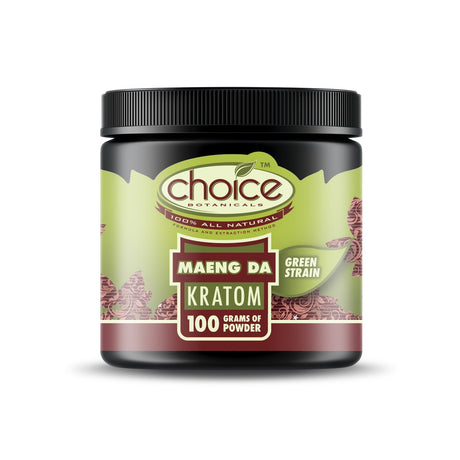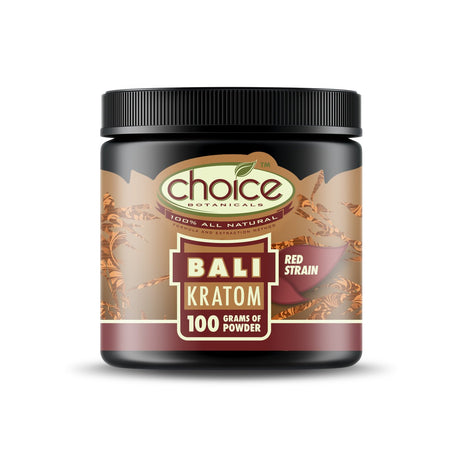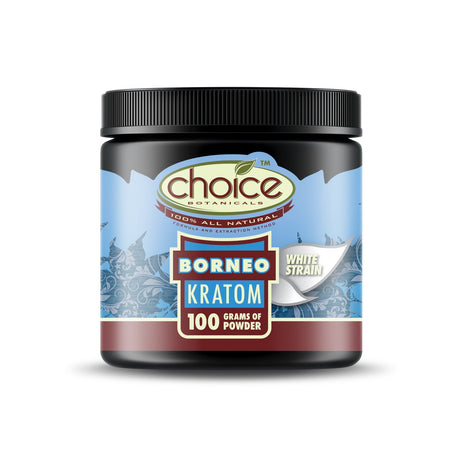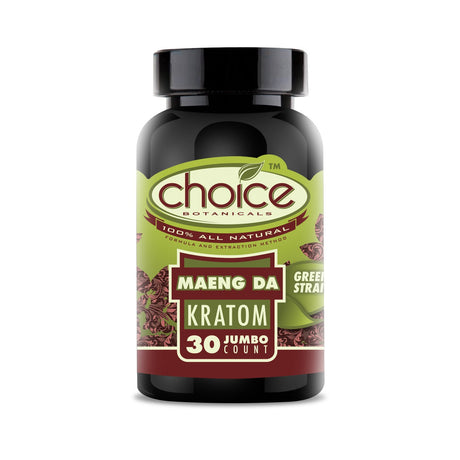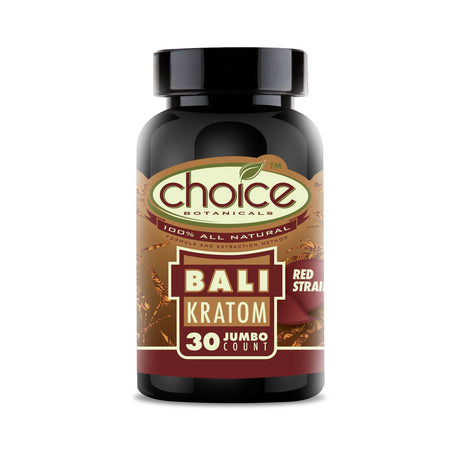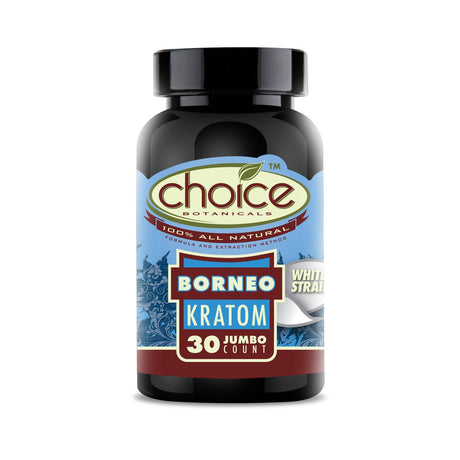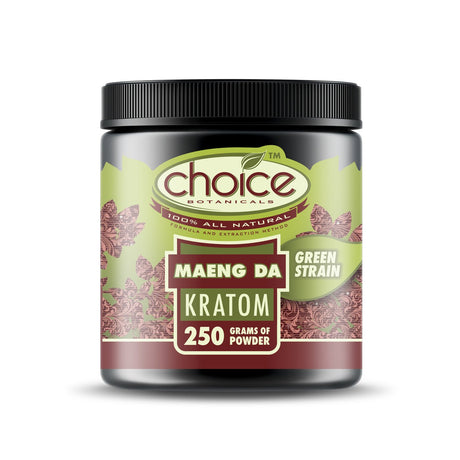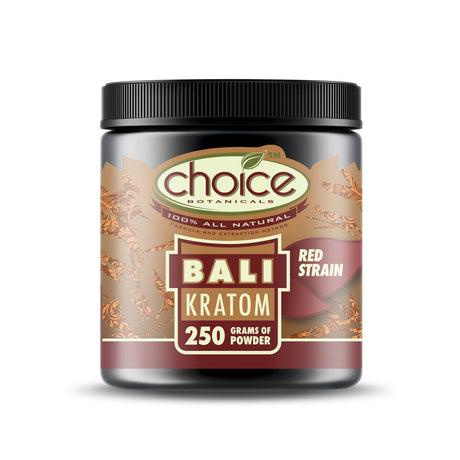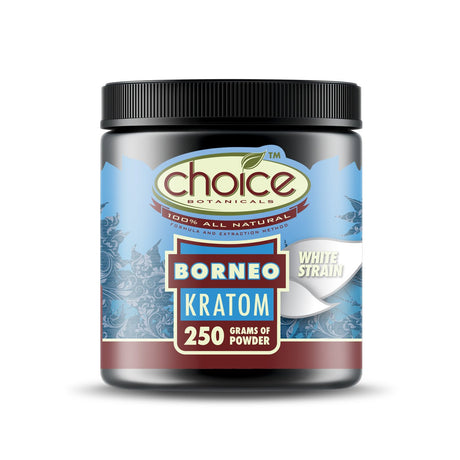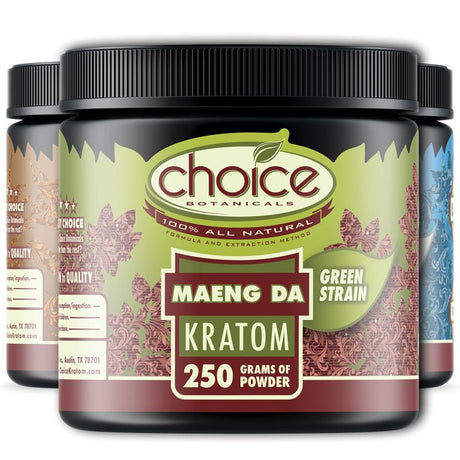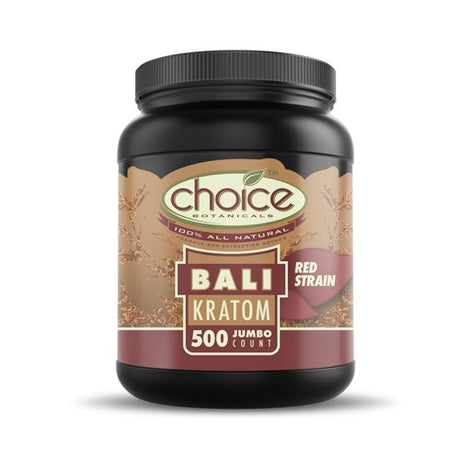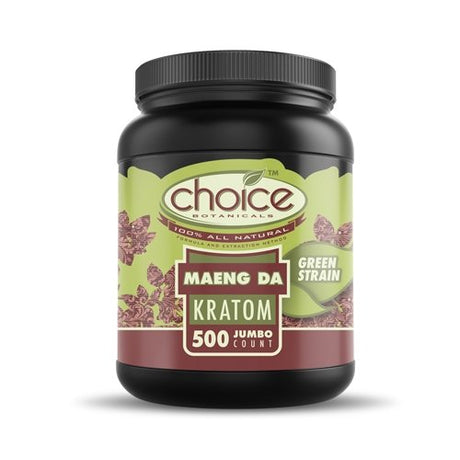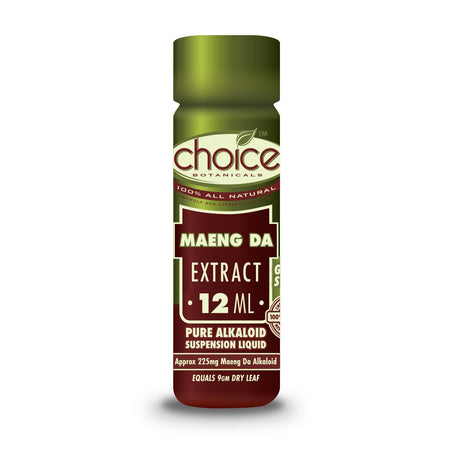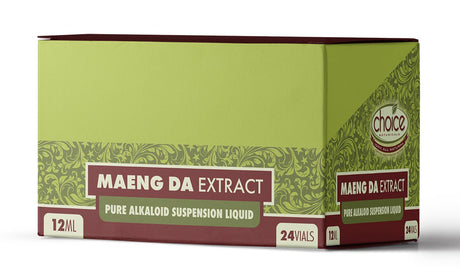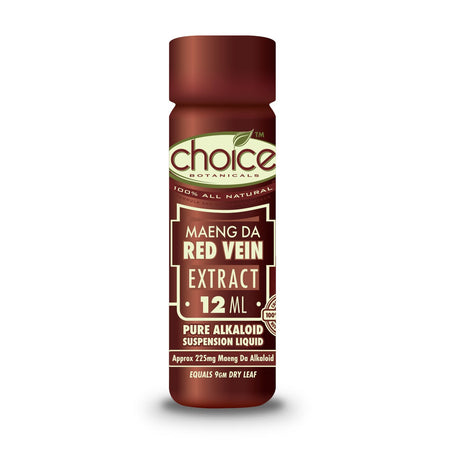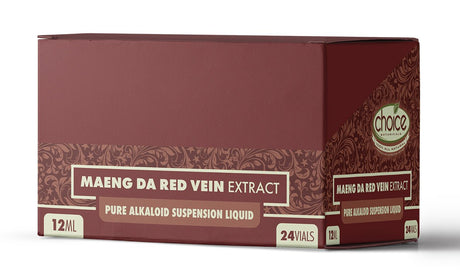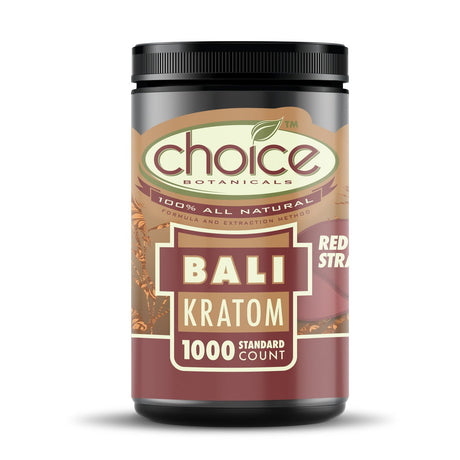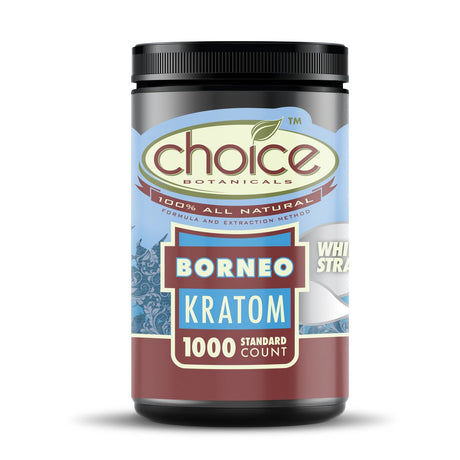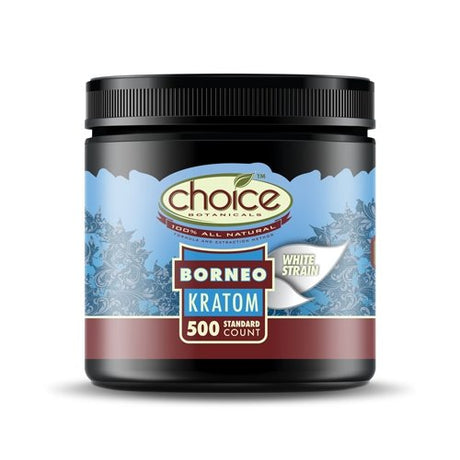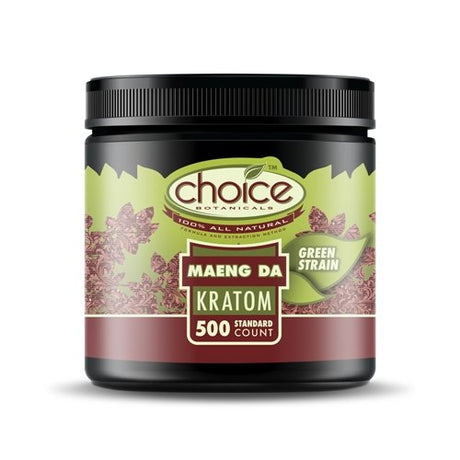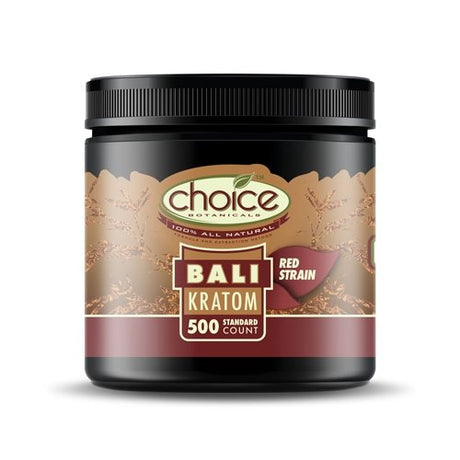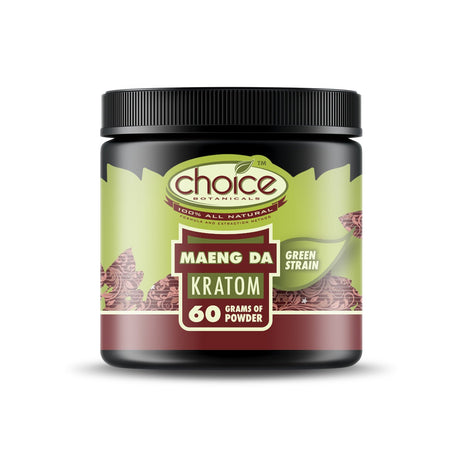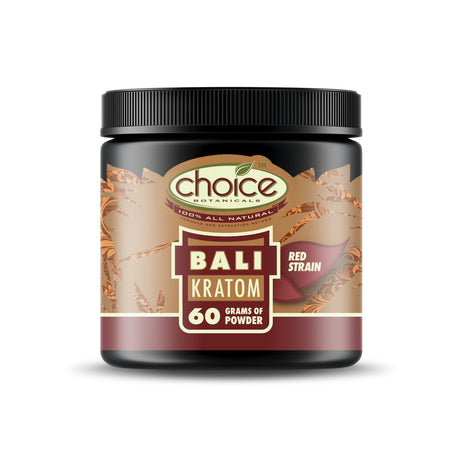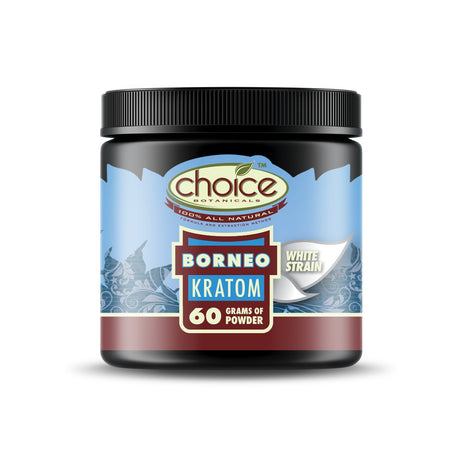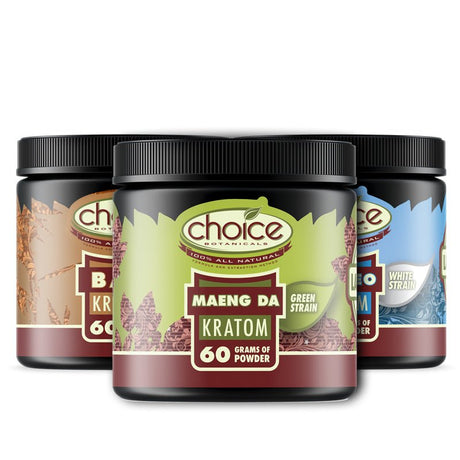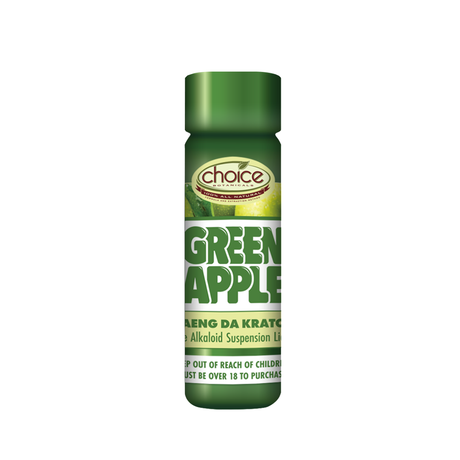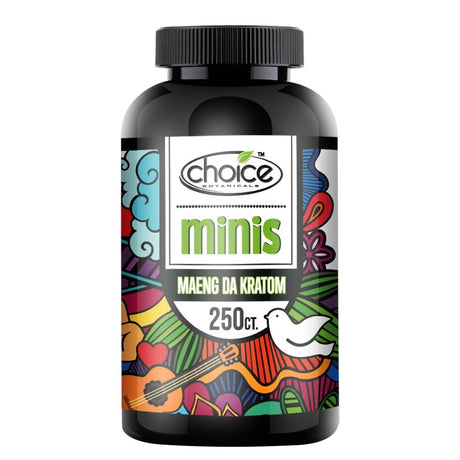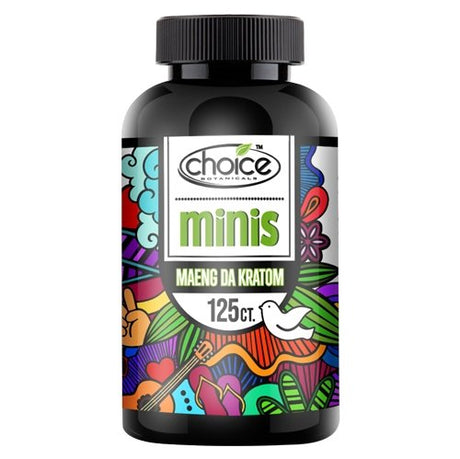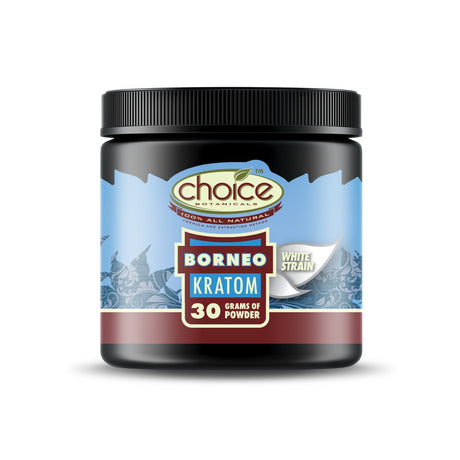Product Offers
Share your best offersChoice Botanicals 1000 Count Jumbo Kratom Capsules
100 Count Jumbo Kratom Capsules
Jumbo Kratom Capsules - 60 Count
Choice Botanicals 500 Gram Kratom Powder
Choice Botanicals 100 Gram Kratom Powder
Choice Botanicals 30 Count Jumbo Kratom Capsules
Choice Botanical 250 Gram Kratom Powder
Choice Botanicals 500 Count Jumbo Kratom Capsules
Choice Botanicals 12ML Kratom Liquid Extract
1,000 Standard Kratom Capsules - 500MG
500 Count Standard Kratom Capsules
Choice Botanicals Green Apple Liquid Kratom Extract - 15ML
Choice Botanicals 30ml Double Green Apple Kratom Extracts
Choice Minis Kratom Capsules 250ct
Choice Minis 125ct Kratom Capsules
Choice Botanicals 30 Gram Kratom Powder
60 Gram Kratom Powder Pick 3 Bundle
Kratom for Opiate Withdrawal: Is Kratom Addictive? Full Guide

Hadiqa Abdullah |
Discover the potential of kratom for opiate withdrawal and learn if kratom products can be addictive in this full guide.
Introduction to Kratom for Opiate Withdrawal: A Natural Alternative?
Kratom, scientifically known as Mitragyna speciosa, is a tropical tree native to Southeast Asia, traditionally used for its medicinal properties. In recent years, its popularity has surged in the Western world, particularly as a potential natural alternative for managing opiate withdrawal symptoms.
Opiate withdrawal can be a challenging and uncomfortable process, characterized by a range of physical and psychological symptoms. These include anxiety, muscle pain, nausea, and cravings for opiates.

Kratom plant contains several active compounds, with mitragynine and 7-hydroxymitragynine being the most prominent. These compounds interact with opioid receptors in the brain, producing sedation, pleasure, and decreased pain, somewhat similar to the effects of opiates but with reportedly lower risk of addiction.
This has led many individuals seeking relief from opiate addiction to consider kratom as a possible aid. However, the use of kratom for opiate withdrawal remains controversial, largely due to its legal status, which varies by country and, in the U.S., by state, as well as concerns about its safety profile.
What is Kratom? Understanding Its Role as a Kratom Opioid
Kratom is a complex botanical substance, with effects that vary significantly depending on the dose, strain, and individual biology. At lower doses, kratom acts as a stimulant, enhancing energy and alertness.
At higher doses, it produces opioid-like effects, which makes it appealing to those battling opiate addiction. The term "kratom opioid" refers to its ability to bind to opioid receptors in the brain, which are the same receptors targeted by synthetic opioids like heroin and prescription painkillers.

Despite these opioid-like effects, kratom is not an opioid. It does not come from the opium poppy plant but rather from a tropical evergreen tree in the coffee family. The primary active ingredients, mitragynine and 7-hydroxymitragynine, are alkaloids that activate opioid receptors but with a lower incidence of negative side effects, dependency, and respiratory depression that are typical of traditional opioids.
The kratom advocacy over kratom's safety and efficacy is ongoing in the medical and regulatory communities. Advocates argue that kratom offers a safer alternative for managing withdrawal symptoms and reducing dependency on opioids.
Critics, including some regulatory agencies like the FDA, express concerns about the potential for abuse, addiction, and other health risks. They also worry about the lack of clinical trials and standardized manufacturing processes, which can lead to variability in product potency and purity.
Exploring Kratom for Opiate Detox: Benefits and How It Works
Kratom has gained attention as a potential aid for opiate withdrawal, offering several perceived benefits and a unique mechanism of action.
How Kratom Works?
- Interaction with Opioid Receptors: Kratom contains active compounds like mitragynine and 7-hydroxymitragynine, which interact with opioid receptors in the brain. This interaction can produce effects similar to opioids but with reportedly lower risk of addiction and respiratory depression.
- Alleviation of Withdrawal Symptoms: By binding to opioid receptors, kratom may help mitigate common withdrawal symptoms such as anxiety, muscle pain, nausea, and cravings for opiates. This mechanism offers relief during the challenging detoxification process.
- Mood Enhancement: Some users report mood-enhancing effects from kratom, potentially easing the depression and anxiety often experienced during opiate withdrawal. This mood enhancement can contribute to a sense of well-being and stability during detox.
Benefits of Kratom for Opiate Detox:
- Natural Alternative: Many individuals seeking to detox from opiates view kratom as a natural alternative to pharmaceutical interventions. Its botanical origin appeals to those interested in holistic approaches to health and wellness.
- Reduced Cravings: Kratom's activation of opioid receptors may help reduce cravings for opiates, making it easier for individuals to resist the urge to use opioids during the detox process. This can contribute to successful recovery outcomes.
- Flexibility in Dosage: Kratom's effects vary based on dosage, allowing users to adjust their intake according to their specific needs and tolerance levels. This flexibility enables personalized symptom management during detoxification.
- Ease of Access: Kratom is readily available online and in select retail stores, providing convenient access to individuals seeking alternative methods for opiate detox. Its accessibility facilitates its use as part of a comprehensive detox plan.
- Potential for Gradual Reduction: Some individuals incorporate kratom into a tapering strategy, gradually reducing their kratom intake over time to facilitate a smoother transition off opiates. This gradual approach may minimize withdrawal symptoms and support long-term recovery.
Is Kratom an Opioid? Unpacking the Science and Controversy
Kratom, a tropical tree native to Southeast Asia, has garnered significant attention in recent years due to its potential medicinal properties and its controversial classification.
While kratom interacts with opioid receptors in the brain, its classification as an opioid remains a subject of debate among researchers and regulatory agencies. Advocates argue that kratom's complex pharmacology sets it apart from traditional opioids, citing its unique blend of alkaloids that produce both stimulant and analgesic effects.

However, opponents raise concerns about kratom's potential for addiction and abuse, as well as its association with adverse health effects such as liver toxicity and respiratory depression.
The ongoing scientific discourse surrounding kratom underscores the need for further research to elucidate its pharmacological mechanisms and safety profile.
| Aspect | Proponents | Opponents |
|---|---|---|
| Effects | Stimulant, analgesic | Addiction, adverse effects |
| Safety | Advocated as safe | Liver toxicity, respiratory depression |
| Regulation | Argue against scheduling | Caution, bans in some places |
| Research | More studies needed | Safety concerns, long-term effects |
The Potential of Kratom for Opiate Withdrawal Relief
Amidst the opioid crisis, many individuals have turned to kratom as a potential alternative for managing opioid withdrawal symptoms. Various kratom products, including kratom powders and kratom capsules, are commonly utilized due to their accessibility and ease of use.
Kratom's alkaloids, particularly mitragynine and 7-hydroxymitragynine, are believed to interact with opioid receptors in a manner that mitigates withdrawal discomfort while producing less severe side effects than traditional opioids. This interaction is key to the appeal of kratom products as they potentially offer a more manageable withdrawal experience.
Some users report success in using kratom powders and kratom capsules to alleviate symptoms such as cravings, anxiety, and gastrointestinal distress during withdrawal. However, the efficacy of kratom for opiate withdrawal relief remains anecdotal, with limited clinical evidence to support its use as a formal treatment option.
Furthermore, concerns persist regarding kratom's potential for dependence and withdrawal symptoms of its own, highlighting the importance of cautious use and further research into its therapeutic potential. The availability of various forms of kratom products allows users to choose the method of consumption that best suits their needs, though it also underscores the need for guidance and regulation to ensure safety and efficacy.
Is Kratom Addictive? Analyzing the Risks and Dependencies
Kratom is often used for pain relief and as a substitute in opiate withdrawal due to its interaction with opioid receptors in the brain. While it offers therapeutic potential, its addictiveness is a concern.
The primary active compounds in kratom, mitragynine and 7-hydroxymitragynine, can induce opioid-like effects, leading to possible psychological and physical dependency. Regular users may experience withdrawal symptoms such as irritability, mood swings, and physical discomfort, similar to opiate withdrawal but generally less severe.
The lack of regulation and variability in potency and purity of commercially available kratom complicates the addiction risk assessment. Limited scientific research and mixed anecdotal reports contribute to the ongoing debate about its safety and dependency potential.
Comparative Analysis: Kratom vs. Traditional Opiate Detox Methods
When comparing kratom to traditional opiate detox methods, it's important to consider their mechanisms, effectiveness, risks, and accessibility.
Traditional methods often involve medically supervised detox, utilizing medications like methadone, buprenorphine, or naltrexone, which are regulated and prescribed. These methods aim to mitigate the severe symptoms of opiate withdrawal under controlled conditions.
Comparison Table:
| Feature | Kratom | Traditional Opiate Detox |
|---|---|---|
| Mechanism of Action | Partial opioid agonist | Full opioid agonist/receptor antagonists |
| Dependency Risk | Moderate | High (with opioids), Low (with non-opioids) |
| Withdrawal Severity | Mild to moderate | Moderate to severe |
| Accessibility | Easily accessible online and in stores | Requires prescription or medical supervision |
| Cost | Generally low | Can be high depending on treatment type |
| Duration of Treatment | Varies widely | Structured timelines in medical settings |
Kratom serves as a more accessible and often cheaper alternative, but with the risk of unregulated products and inconsistent dosages. Its mechanism as a partial opioid agonist offers a milder, albeit less controlled, treatment path.
User Experiences: How Effective is Kratom for Opiate Withdrawal?
The effectiveness of kratom for opiate withdrawal varies among users. Some report significant relief from withdrawal symptoms, which allows them to decrease or cease opiate use more comfortably.
These users often highlight kratom's natural origin and milder side effects as benefits. Conversely, other users find it less effective or struggle with kratom's own dependency potential.
The mixed experiences suggest that while kratom can be an effective tool for some, it is not universally effective and may not be suitable for all, particularly those with a history of addiction.
Safety Guidelines: Using Kratom for Opiate Detox Safely
To use kratom safely for opiate detox, several guidelines should be followed:
- Consult with a healthcare provider before starting kratom.
- Begin with low doses to assess tolerance and effect.
- Be vigilant in monitoring personal reactions and side effects.
- Ensure kratom is sourced from reputable suppliers to guarantee purity.
- Use kratom only in the short term to reduce the risk of dependency.
- Stay informed about the latest research and regulatory updates regarding kratom use.
- Consider psychological support to address underlying issues related to opiate dependency.
Conclusion: Kratom for Opiate Withdrawal - Viable Solution or Not?
Kratom represents a potentially viable solution for opiate withdrawal for some individuals, offering a less severe withdrawal experience and greater accessibility compared to traditional medical treatments.
However, its effectiveness and safety are hindered by the lack of regulation, potential for dependency, and variability in user experiences. The decision to use kratom should be made cautiously, with consideration of personal health conditions, potential risks, and under professional guidance.
As research evolves, clearer guidelines and recommendations may emerge to better integrate kratom into withdrawal treatment protocols effectively and safely.
FAQs
What is the legal status of kratom in the United States?
As of now, kratom's legality varies by state and municipality in the U.S. It is entirely legal in some states, banned in others, and controlled in a few. The FDA does not regulate kratom as a drug or medication but has issued warnings about its safety. It's important for users to check their local laws before purchasing or using kratom.
How does kratom interact with the body compared to traditional opiates?
Kratom interacts with the body by binding to some of the same opioid receptors as traditional opiates, but it is a partial agonist at these receptors and tends to have a ceiling effect which reduces the risk of respiratory depression. Traditional opiates, being full agonists, do not have this ceiling effect, which accounts for their higher risk of overdose.
Can kratom be used in conjunction with other opiate withdrawal medications?
Combining kratom with other medications can be risky without professional guidance. Kratom may interact with drugs metabolized by the liver and can potentially interfere with the effectiveness or exacerbate the side effects of other medications. Always consult a healthcare provider before combining treatments.
Are there different strains of kratom, and do they have different effects?
Yes, there are several strains of kratom, often named after their place of origin or the color of their veins (red, green, white). Red vein kratom is typically credited with the strongest pain-relieving effects, while white vein strains are believed to be more energizing. Green vein strains are said to provide a balance between pain relief and energy boost.
What are the long-term effects of using kratom?
The long-term effects of kratom use are still largely unknown due to the lack of comprehensive research. Some long-term users have reported symptoms of dependency, chronic constipation, weight loss, insomnia, and even cognitive impairments. More research is needed to understand the full spectrum of long-term risks.
How should one start using kratom for opiate withdrawal?
Starting kratom for opiate withdrawal should be approached cautiously. Begin with a low dose to assess tolerance and response. It's advisable to use kratom powder rather than extracts or enhanced products, as these can vary greatly in potency and are more likely to lead to tolerance and dependency.
What should be done if one develops a dependency on kratom?
If dependency on kratom develops, it is important to seek professional medical advice. Treatment may involve gradually reducing the dosage of kratom to minimize withdrawal symptoms, or transitioning to an alternative treatment plan for opiate withdrawal. Support groups and counseling may also be beneficial.
Can kratom affect mental health?
Kratom can affect mental health, particularly at high doses or with prolonged use. Users have reported experiencing anxiety, irritability, mood swings, and depression as side effects. Those with pre-existing mental health conditions should be especially cautious and consult healthcare providers before using kratom.
How does the cost of kratom compare to traditional opiate detox treatments?
Kratom is generally considered more cost-effective than many traditional detox treatments, such as medically supervised detox programs that may involve expensive prescriptions or inpatient care. However, the cost can vary based on the quality and source of kratom, as well as the quantity used.
Is there a risk of overdose with kratom?
While kratom does not typically cause respiratory depression—a leading cause of overdose with traditional opioids—the risk of overdose still exists, particularly with high doses or when combined with other substances. Symptoms of a kratom overdose may include severe drowsiness, heart palpitations, nausea, or vomiting.

